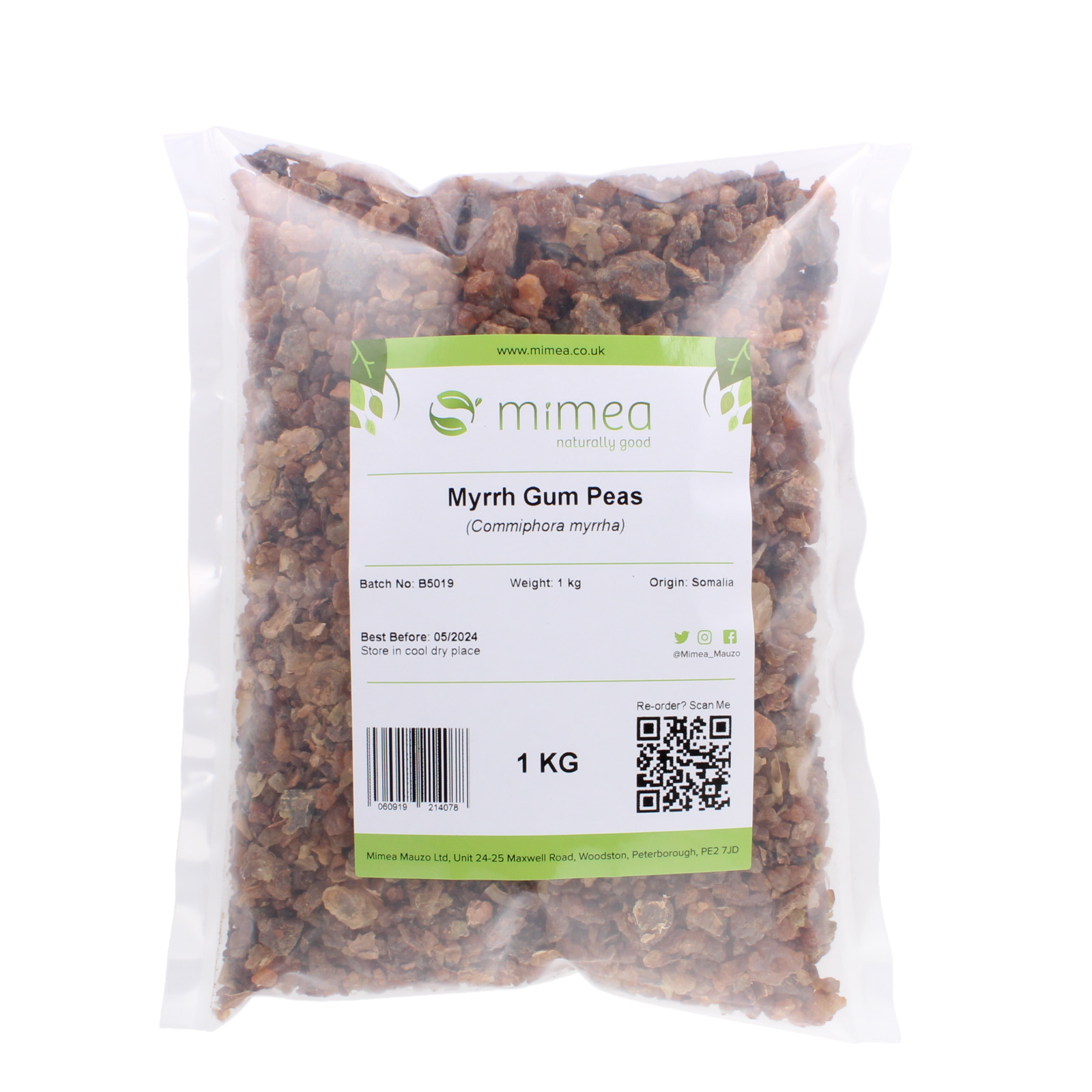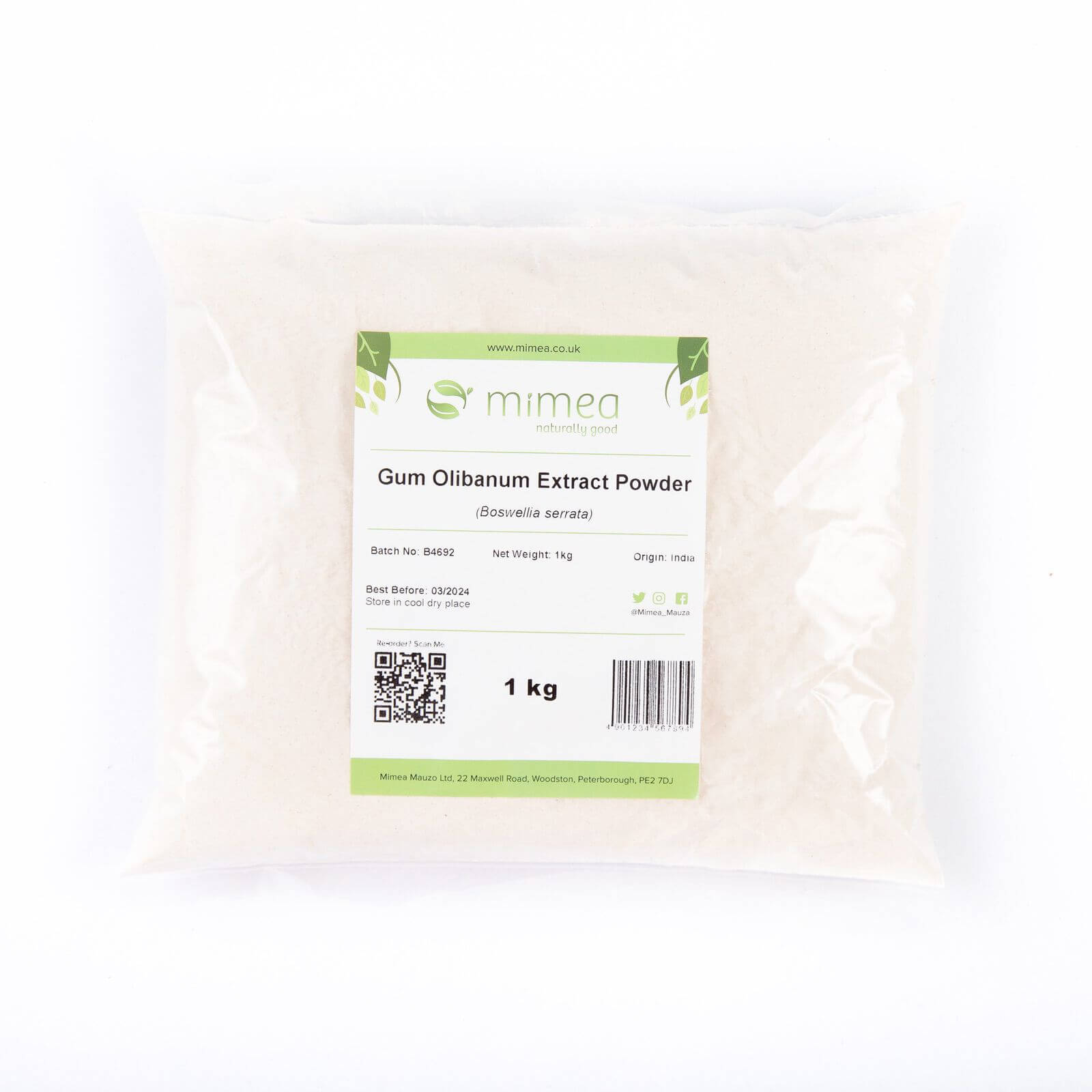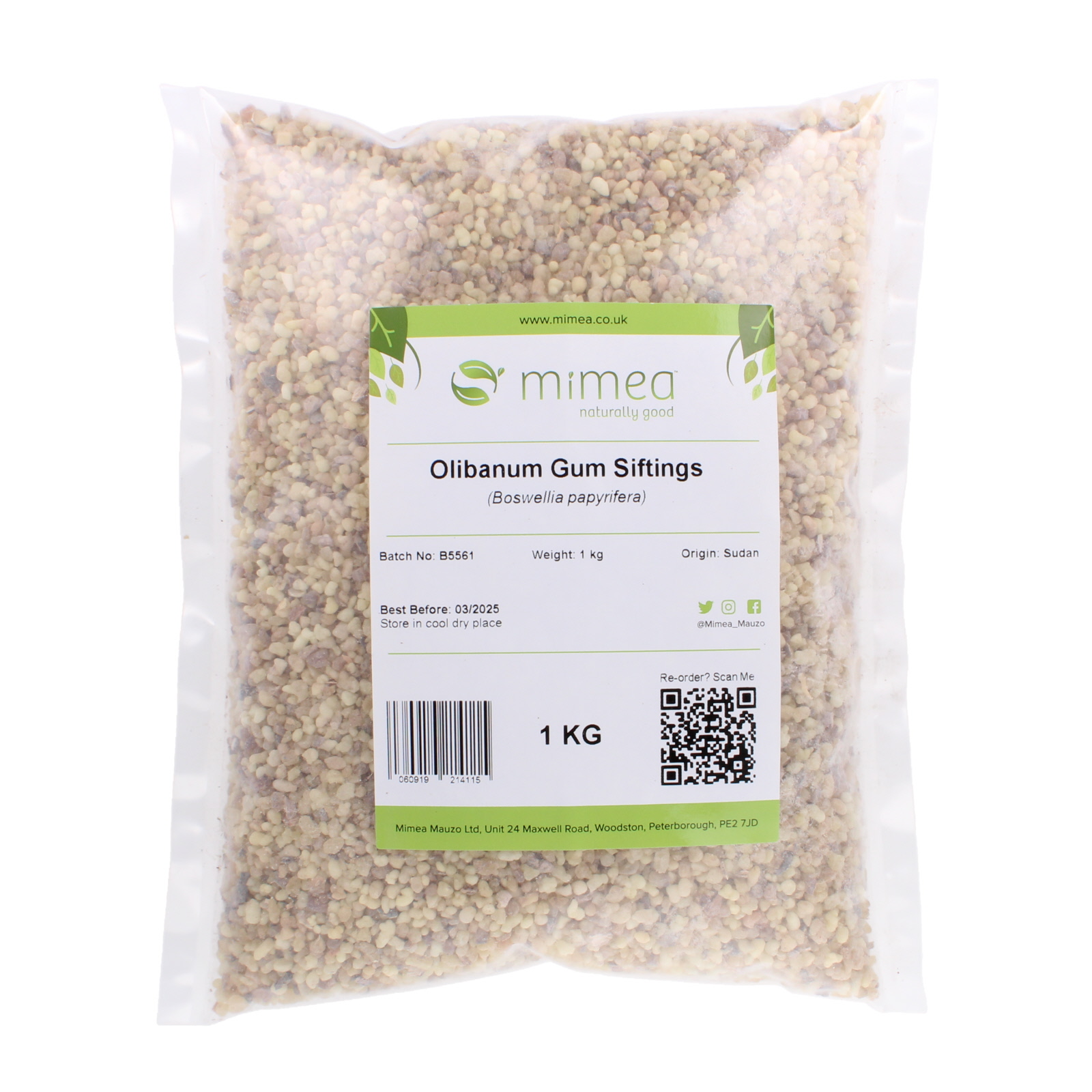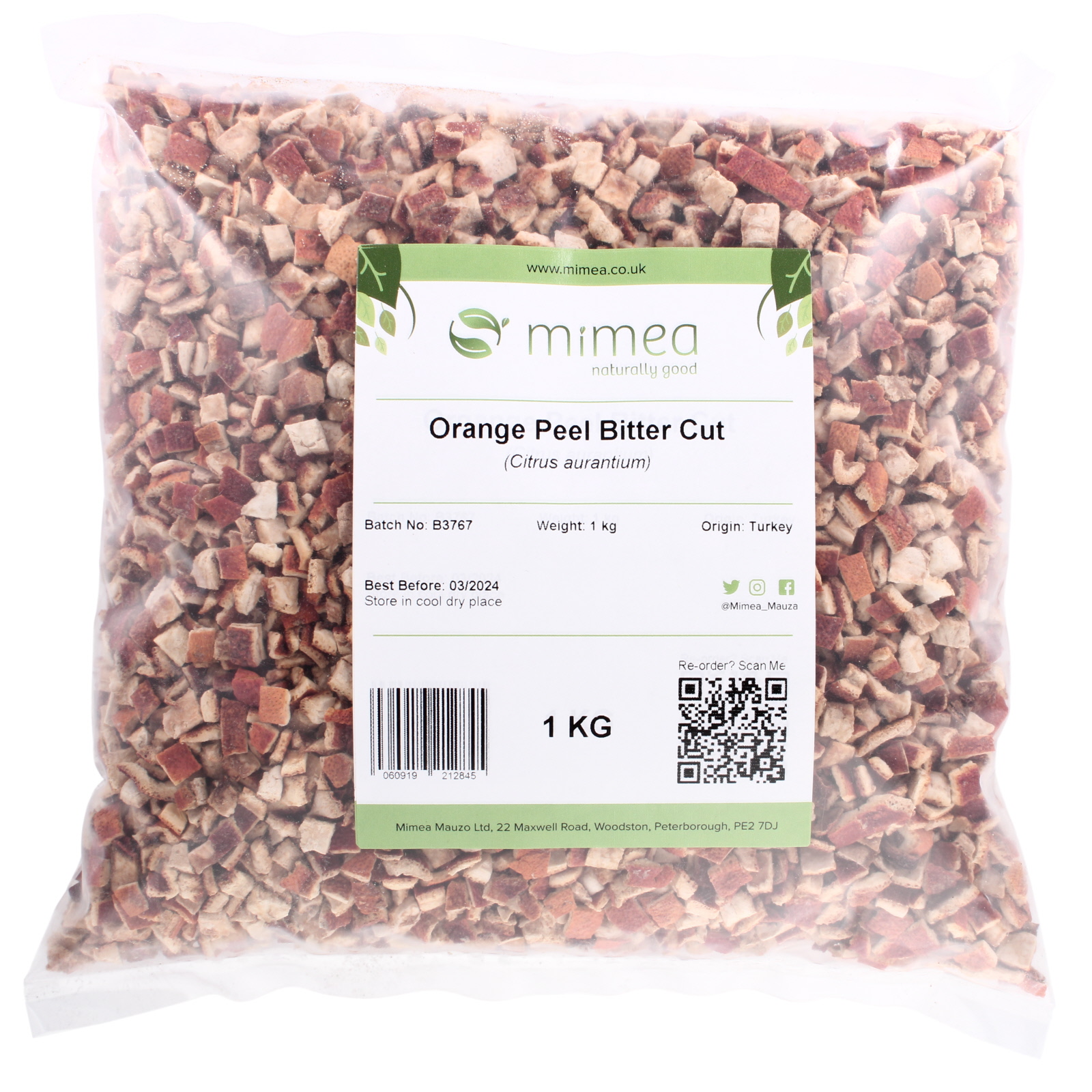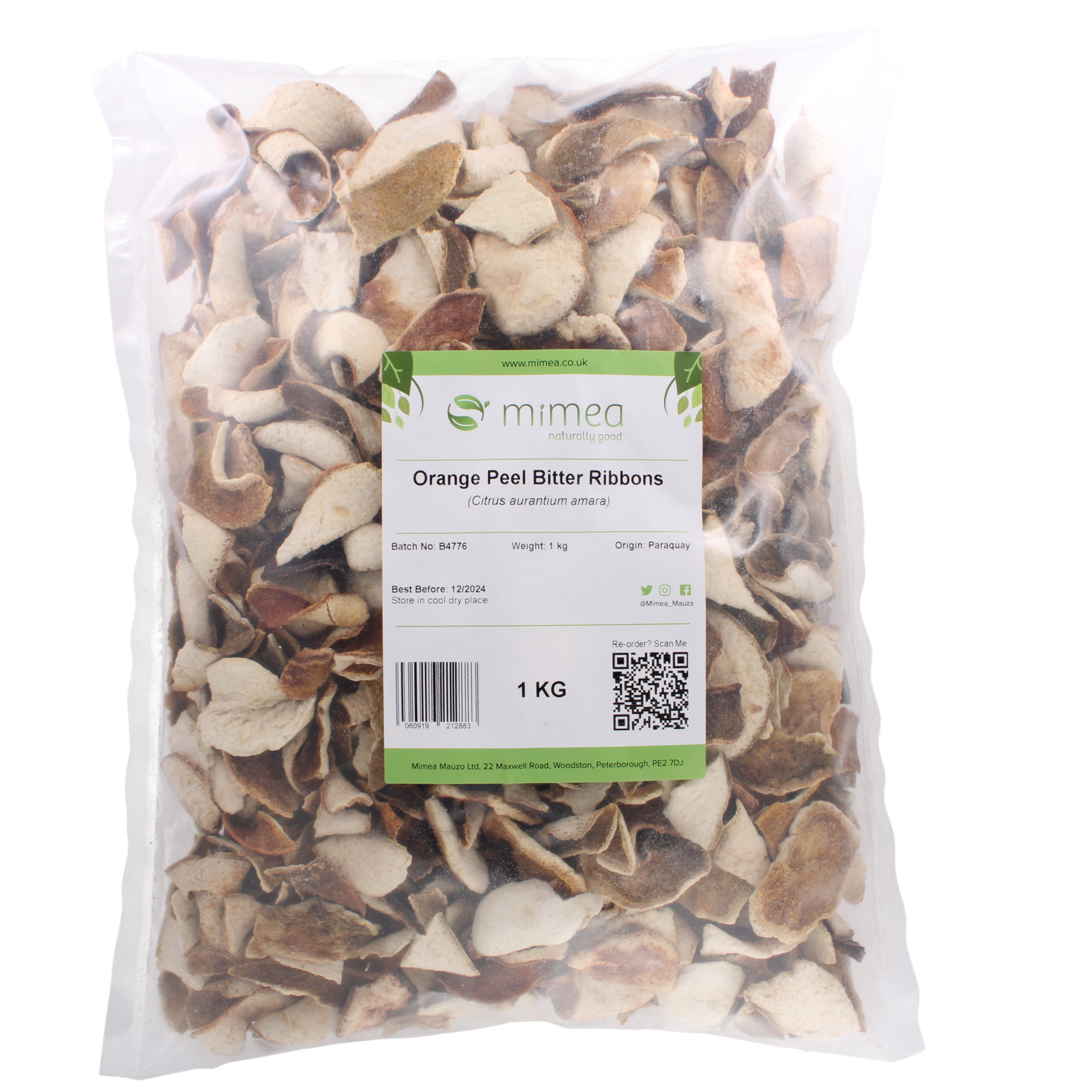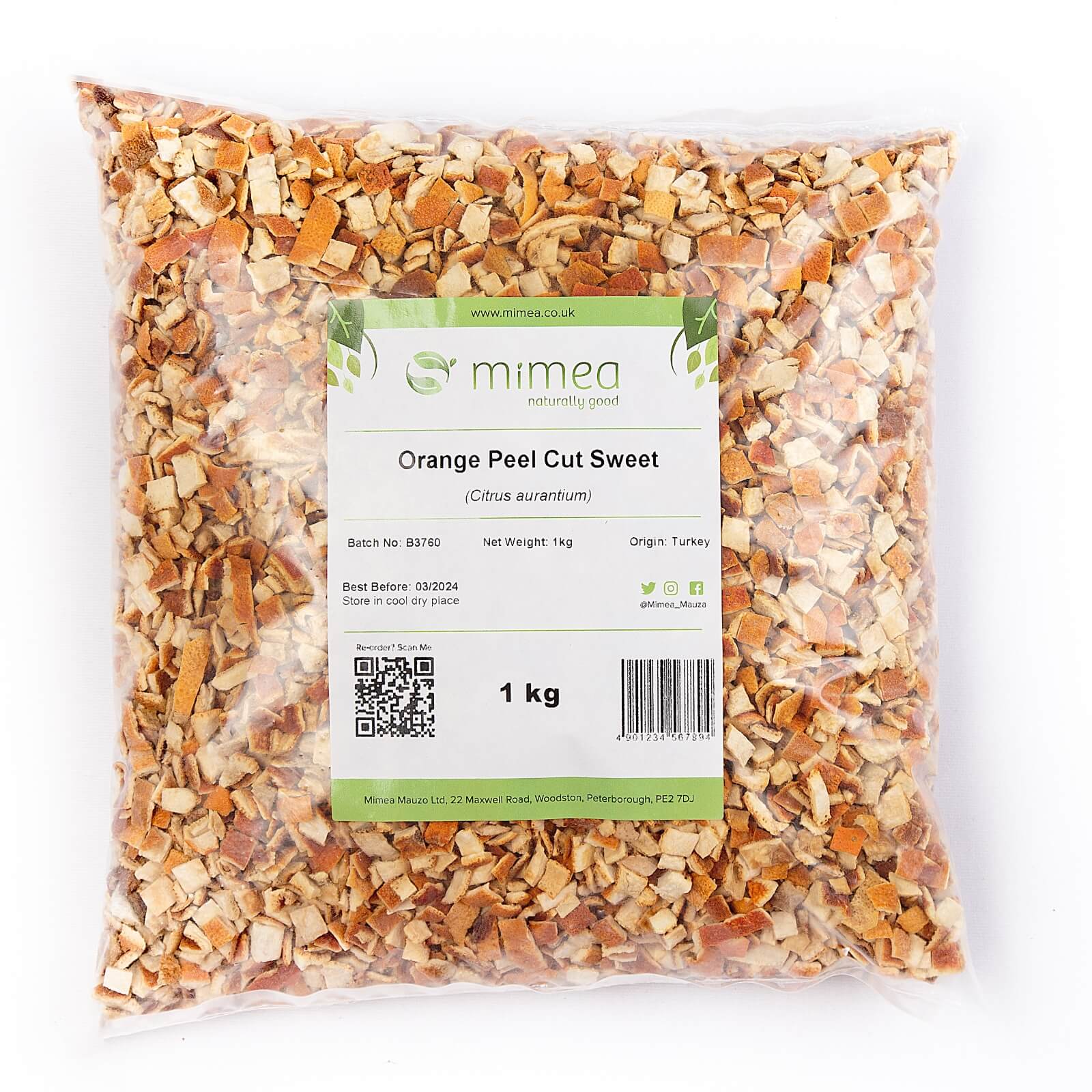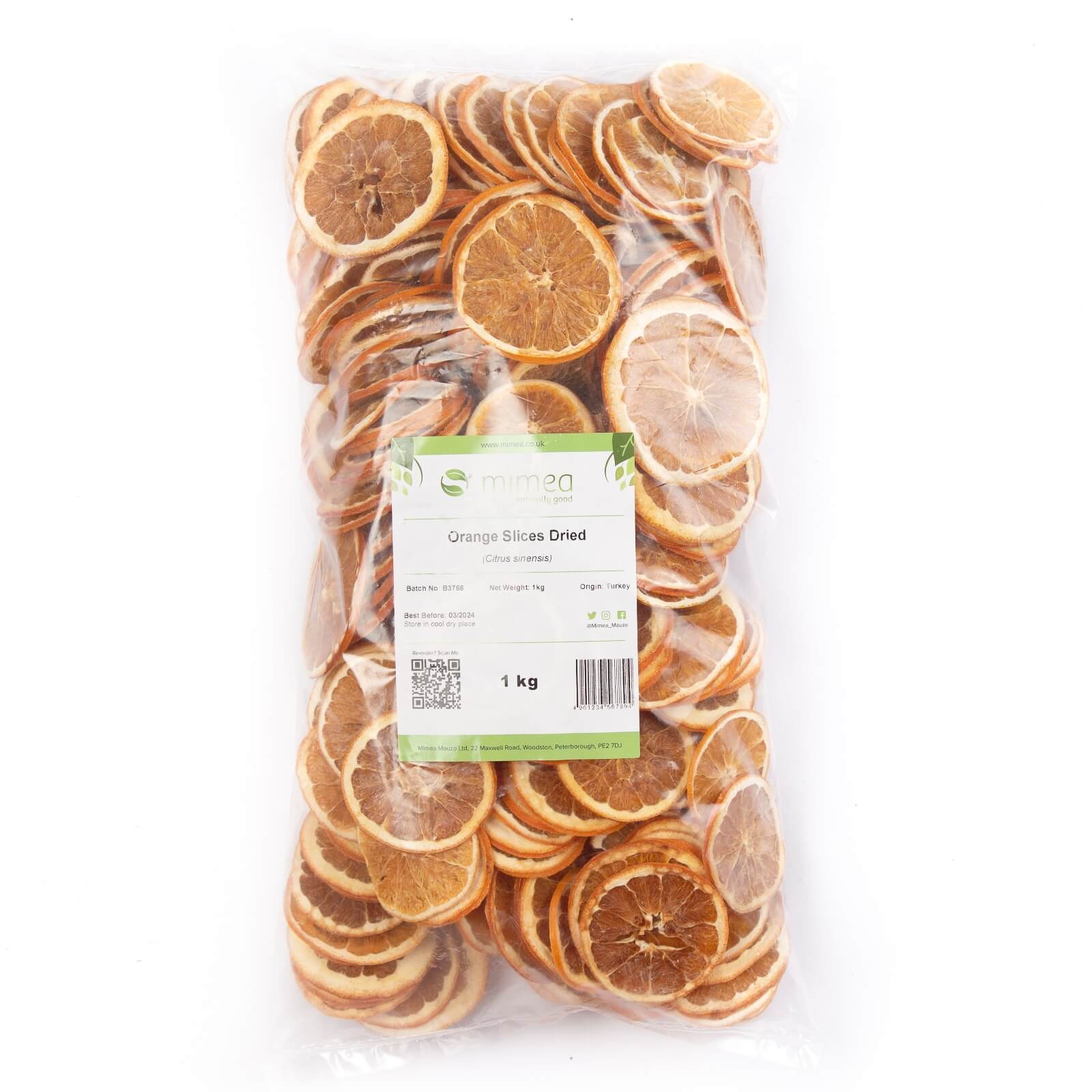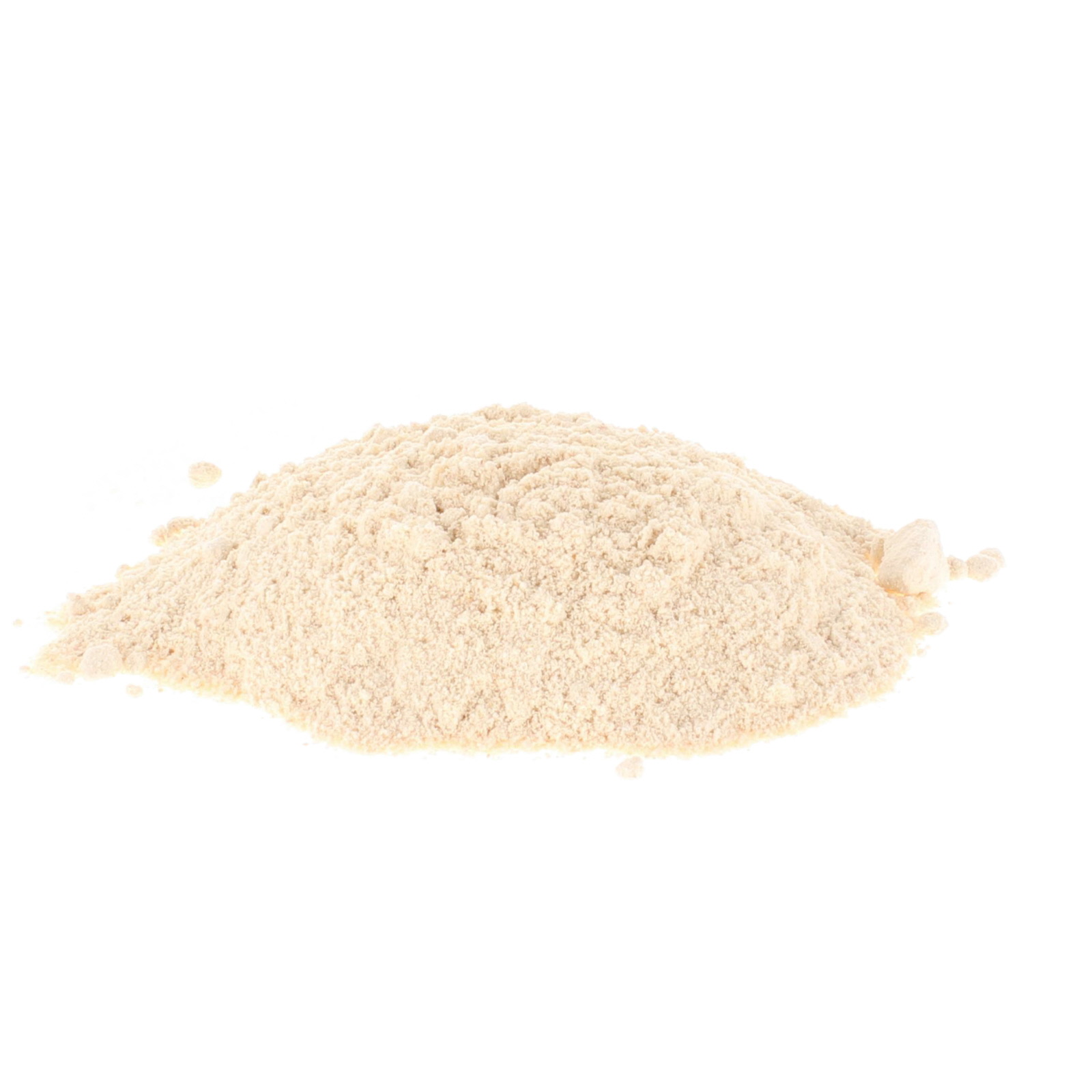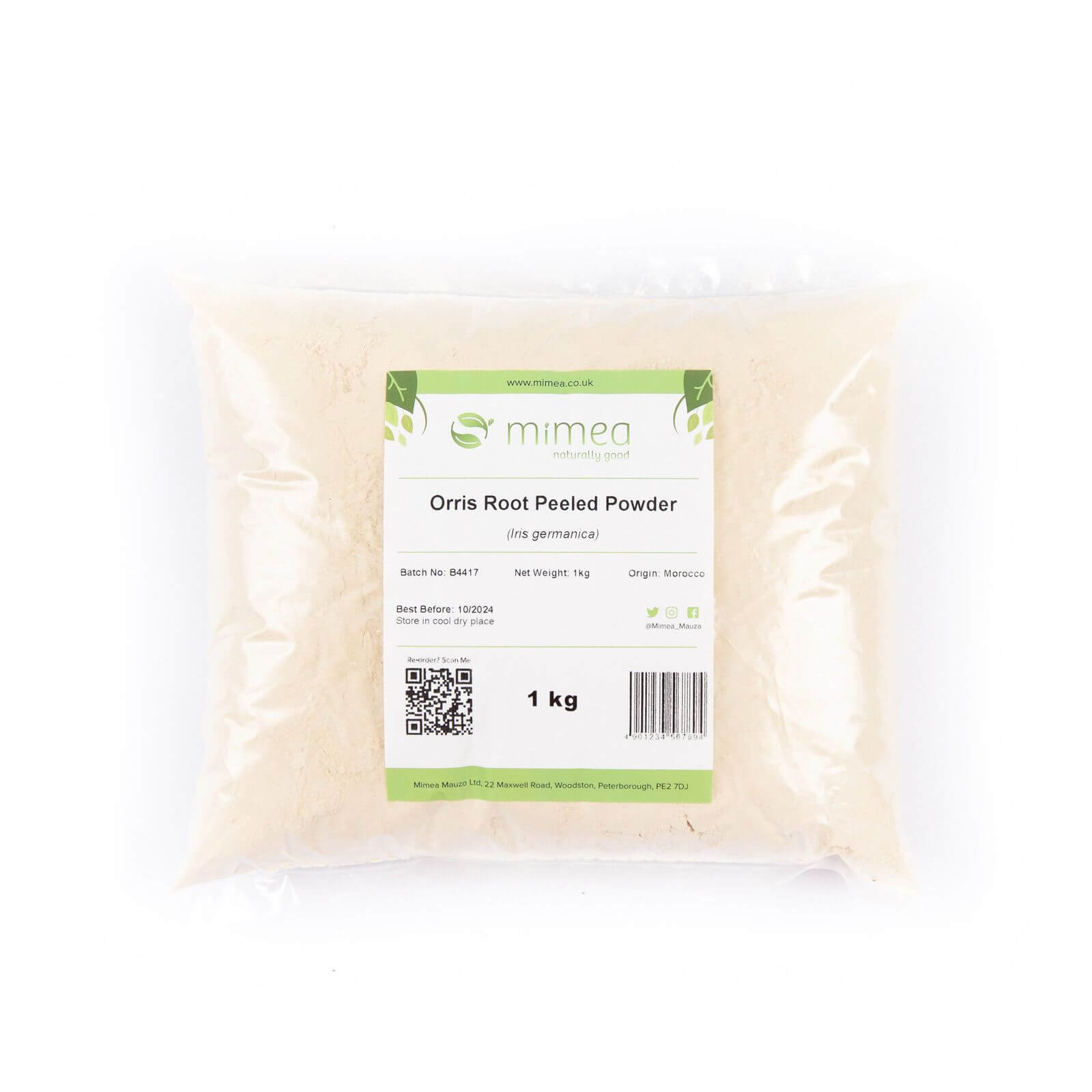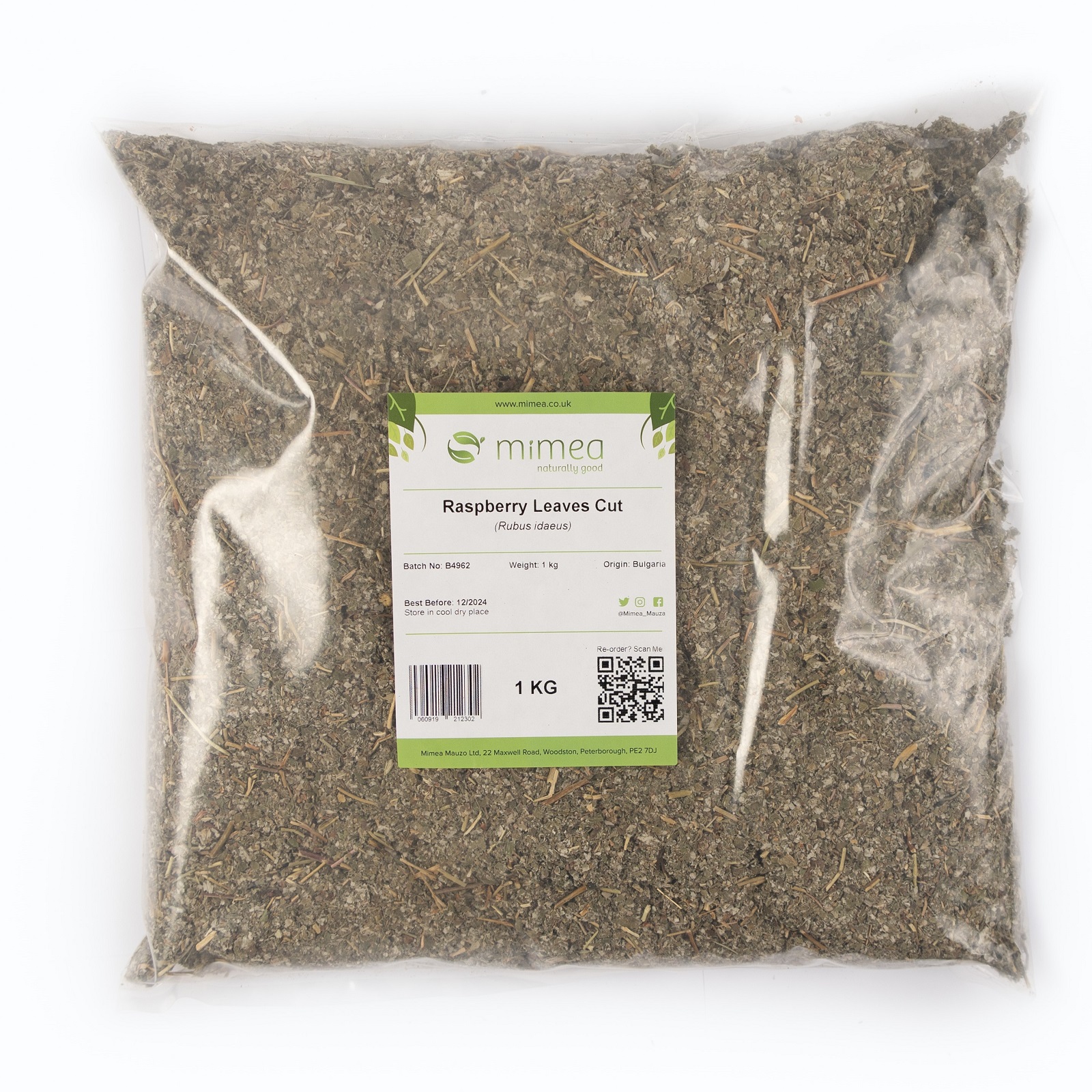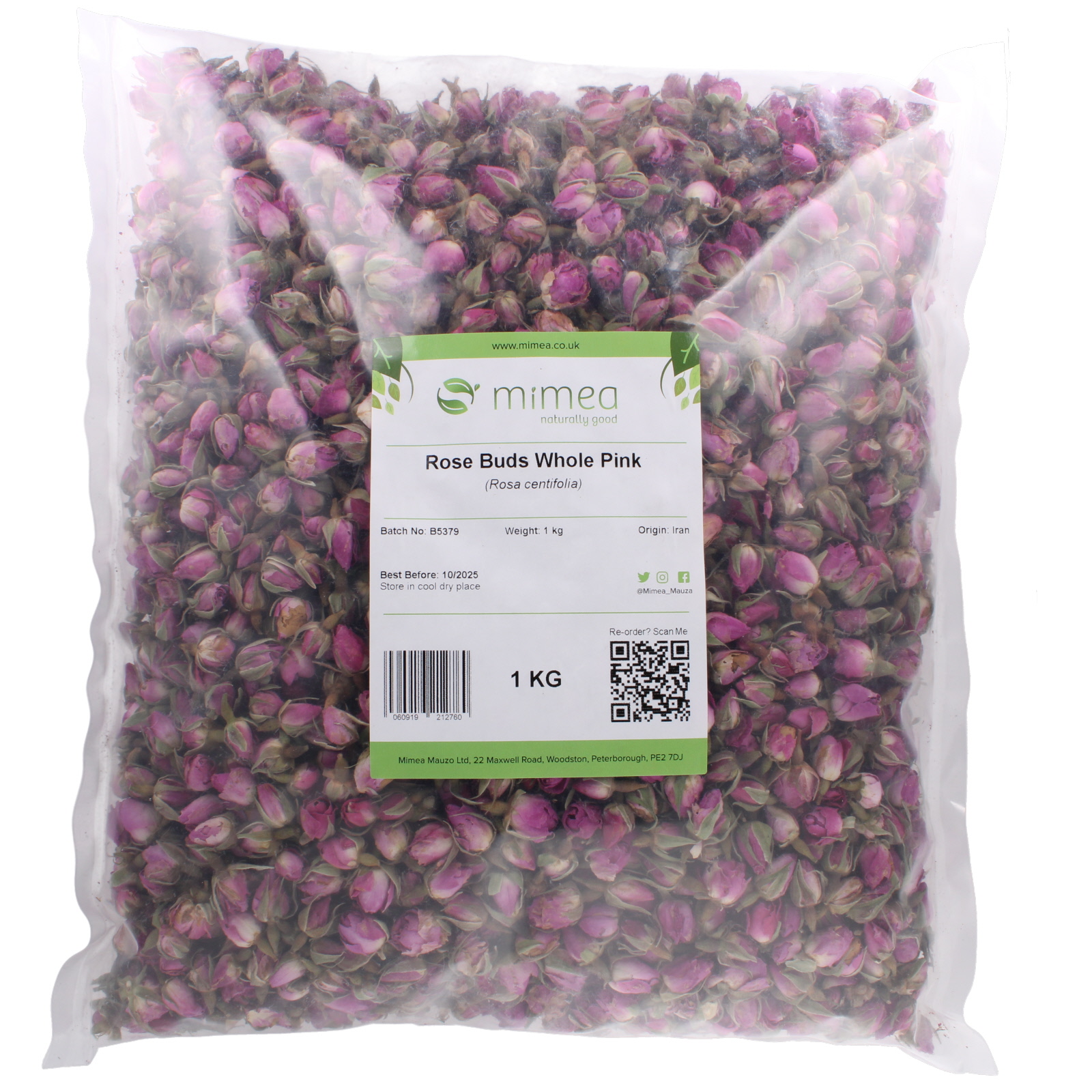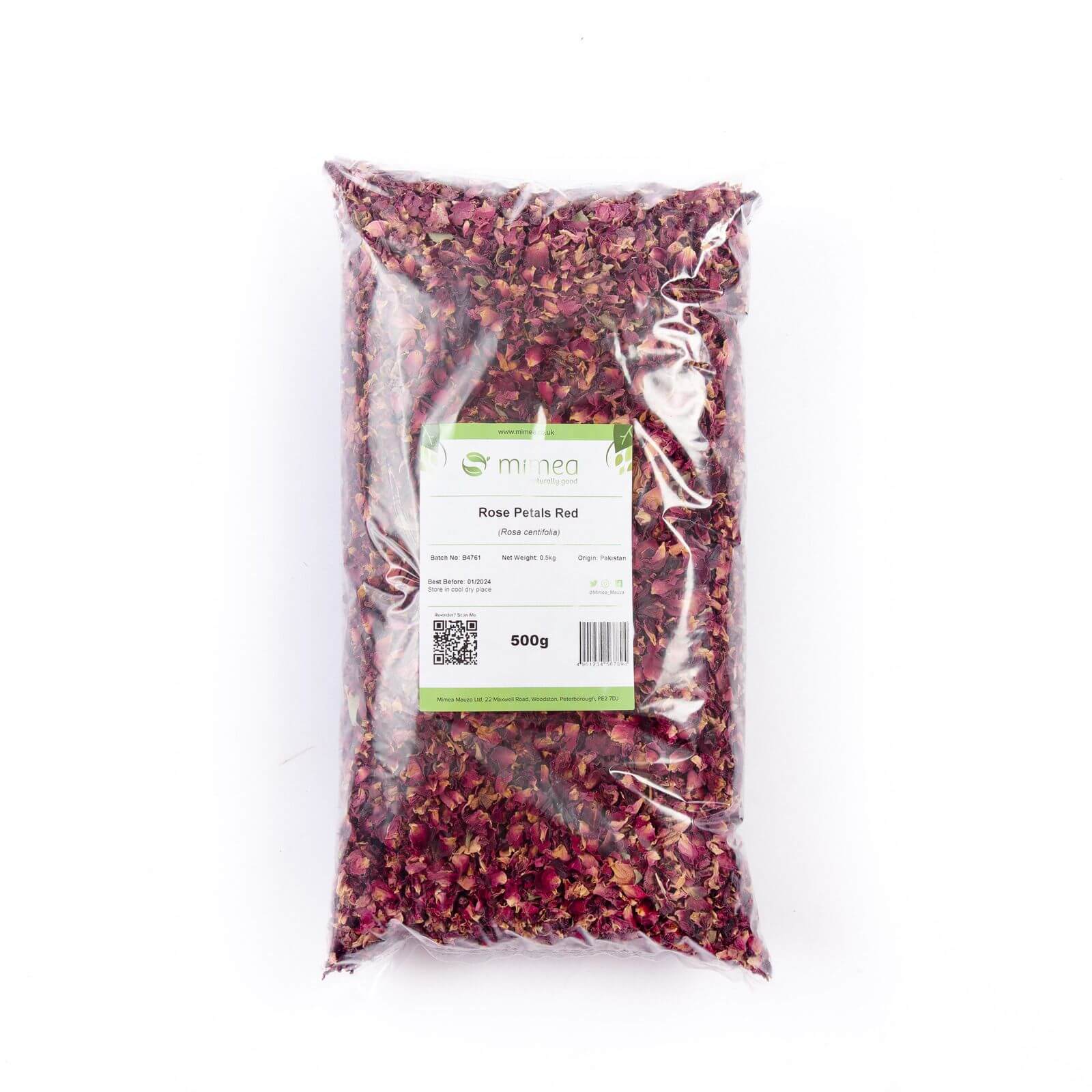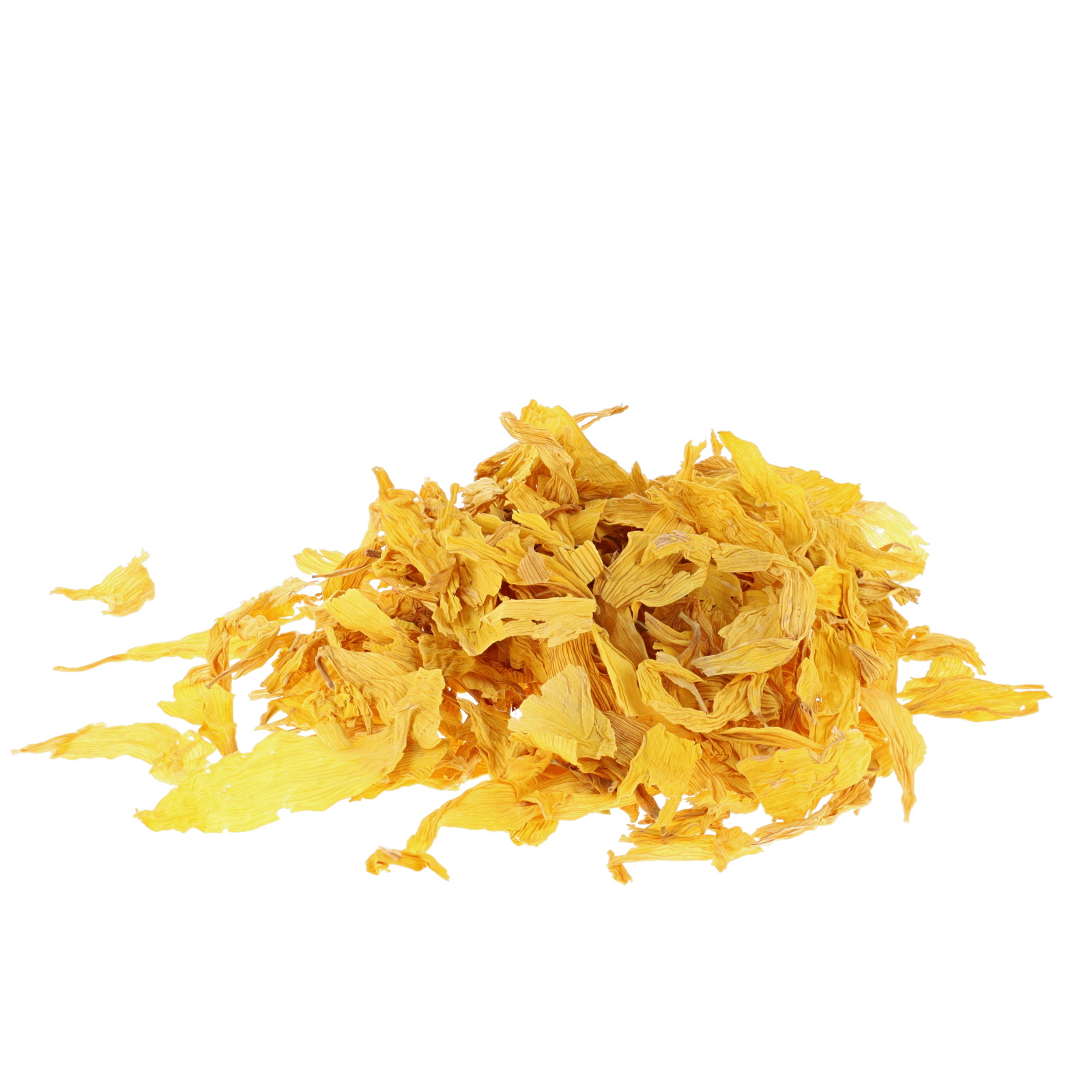Fragrances
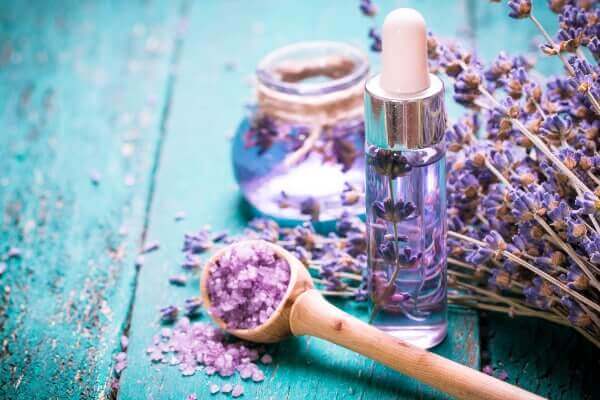
Showing 17–29 of 29 results
The History of Fragrances
Many botanicals have fragrances that are very attractive to the human sense. Initially we would have brought these fragrances into our homes via cut flowers and herbs, or dried hibiscus flowers in potpourris, but over time we have learned to preserve and enhance those fragrances. And we didn’t just use them in our homes but on our bodies, as essential oils and perfumes.
Early fragrances were usually composed from myrrh, frankincense and flowers such as lilies and roses. Records show that this was used by the Persians but it was the Romans and the Greeks that refined perfumery into an art form. ‘Perfume’ derives from the Latin word meaning ‘through smoke’.
While perfumes have been around as long as human civilisation, our sense of smell has spent much less time in the spotlight. It wasn’t until 2004 that a Nobel Prize in Medicine was given to researchers (Dr. Richard Axel and Dr. Linda Buck) for uncovering the neurological functions of the sense of smell. Their work helped reinforce what history shows: that scents and humanity truly are inseparable.
Frequently Asked Questions
Yes, you can return an order (or part of it) within 30 days of receiving the package. View our returns policy to find out more.

